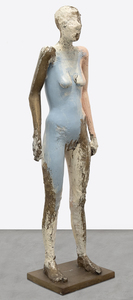Rejoignez le directeur artistique de Heather James, Tom Venditti, alors qu'il visite notre galerie phare à Palm Desert, en Californie. Nous avons de la chance d'avoir Tom. Avant de rejoindre Heather James Fine Art, Tom a passé 14 ans en tant que directeur artistique principal de l'époustouflante collection Paul Allen, qui a récemment établi plusieurs nouveaux records aux enchères, démontrant ainsi la force du marché de l'art.
Heather James Fine Art s'efforce d'offrir une large sélection d'œuvres d'art ayant une signification historique et un attrait esthétique et nous ne pouvons imaginer personne de plus capable de fournir des informations sur un Claude Monet tout en offrant une perspective éclairée sur une fabuleuse nouvelle œuvre de Wayne Thiebaud. Nous espérons que vous apprécierez le voyage de Tom à travers plusieurs genres et artistes de premier ordre et qu'il vous informera et vous incitera à visiter notre site de Palm Desert pour voir la collection en personne.
Nous sommes heureux d'annoncer nos horaires d'hiver dans notre établissement de Palm Desert, situé au 455188 Portola Avenue : Du lundi au samedi de 9h00 à 17h00.

_tn27843.jpg )
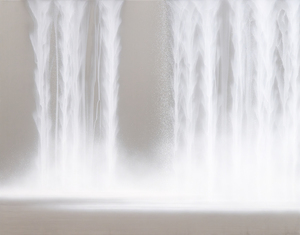
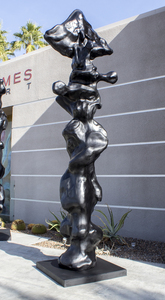
_tn46214.jpg )
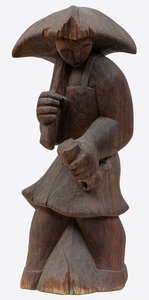
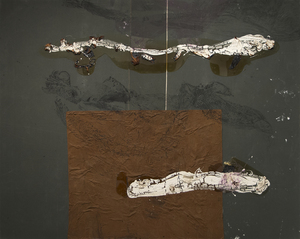
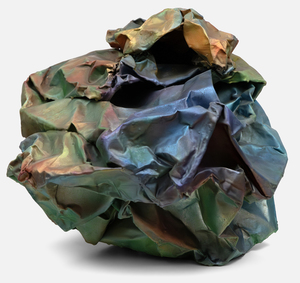
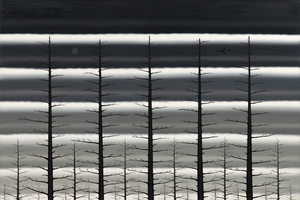
_tn39239.jpg )
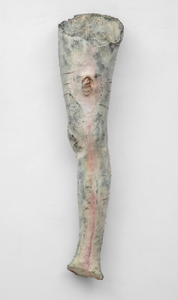
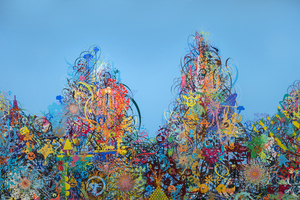
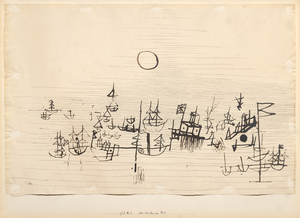
_tn28596.jpg )
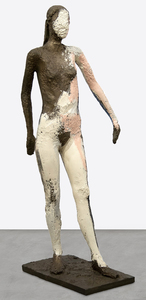
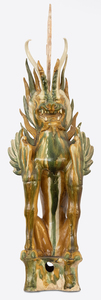
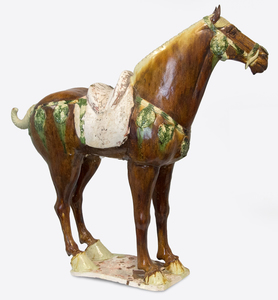
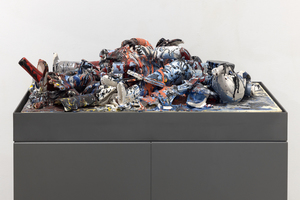
_tn47033.jpg )
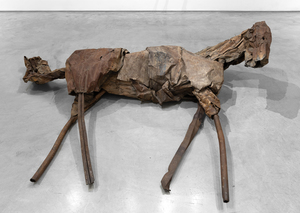
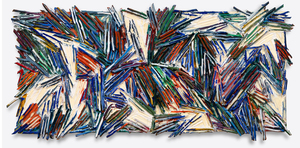
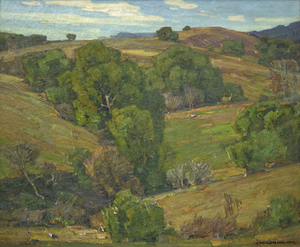
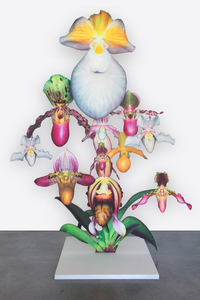
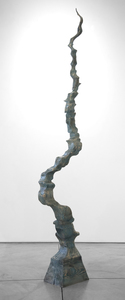

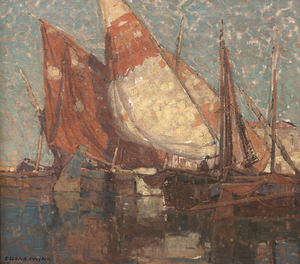
_tn16764.b.jpg )
_tn40803.jpg )
